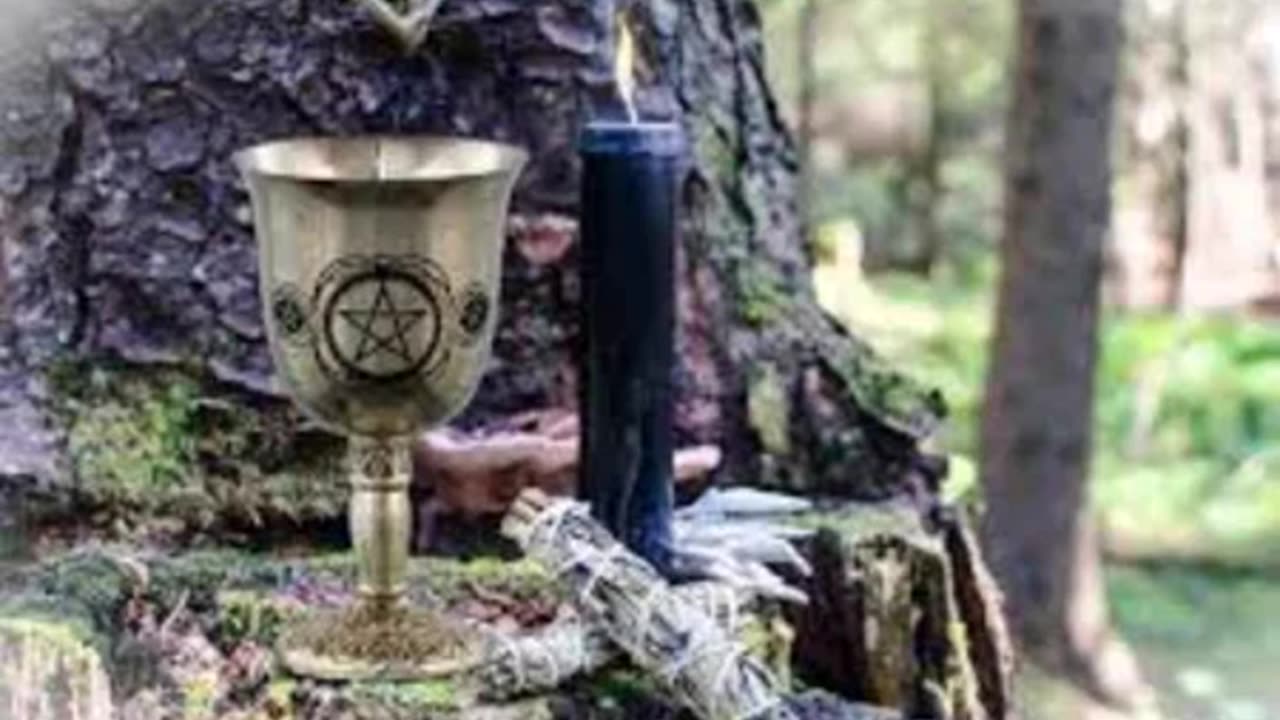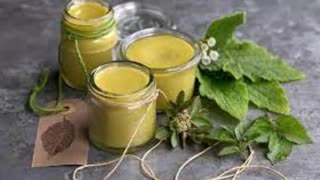Premium Only Content

The Chalice in Magick
https://solitarypaganism.com/magickal-tools/the-chalice-in-magick/
The chalice, or ritual cup, used for rituals is traditionally made of silver, but you can also use crystal,glass, stainless steel or pewter.
The chalice represents the Water element and is placed in the West of the altar.
Like the sword, it is a sacred Grail treasure and is a source of spiritual inspiration.
The Grail cup is most usually represented as the chalice that Christ used at the Last Supper, in which His blood was collected after the crucifixion.
As such, it signifies not only a source of healing and spiritual sustenance but also offers direct access to the godhead through the sacred blood it once contained.
Tradition says that the original Grail cup was incorporated by Roman craftsmen into a gold and jeweled chalice called the Marian Chalice after Mary Magdalene.
In Celtic tradition, it became the Cauldron of Dagda.
In rituals, the chalice can be filled with pure or scented water with rose petals floating on top.
The chalice is also central to the sacred rite of cakes and ale that occurs at the end of formal ceremonies – the pagan and the equivalent of the Christian holy communion.
The offering of the body of the Corn God is made in the honey cakes on the pentacle, or sacred dish, and the beer or wine in the chalice is fermented from the sacrificed barley wine.
In primeval times, actual blood was used to symbolize the sacrifice of the Sacred King at Lughnassadh, the festival of the first corn harvest.
The rite goes back thousands of years.
The cakes and ale are consumed by the people acting as High Priestess and Priest in a dual energy rite or by those initiated in those roles.
Crumbs and wine are first offered to the Earth Mother or poured into a libation dish (a small dish for offerings).
Then the priestess offers the priest a tiny cake and then takes one herself and he offers her the wine before drinking himself.
The dual roles work just as well in a single-sex coven.
The cakes and ale are then passed around the circle and each person partakes of the body and blood of the Earth, offering a few words of thanks for the blessings received.
In some groups, each person has an individual chalice set before them, but everyone still drinks one after the other, offering thanks, unless there is a communal chant of blessing before drinking.
The chalice can be filled with wine or fruit juice or water, depending on the needs and preferences of the group.
The cakes and ale ceremony and the male/female chalice rite can both be easily incorporated into a solitary ritual.
-
 9:21
9:21
asolitarypagan.com
1 year agoMaking Herbal Salves
1.81K -
 UPCOMING
UPCOMING
Sarah Westall
2 hours agoTranshumanism vs Natural Human Zones, AI consciousness and the Hive Mind Future w/ Joe Allen
755 -
 32:19
32:19
SB Mowing
2 days agoThis yard was putting KIDS IN DANGER - Now they can SAFELY play outside again
8367 -
 LIVE
LIVE
Lofi Girl
2 years agolofi hip hop radio 📚 - beats to relax/study to
1,107 watching -
 47:41
47:41
Tactical Advisor
3 hours agoMake Your AR15 into a Bullpup/New Thermals | Vault Room Live Stream 018
17.7K12 -
 18:07
18:07
Bearing
10 hours agoThe INSANE MENTAL DECLINE of the Democrats 💥 Lefties are NOT Ok
34.1K89 -
 LIVE
LIVE
Thomas Xplores
3 hours agoBeating Fallout 4 With Pipe Pistols Only - Ep. 2
32 watching -
 LIVE
LIVE
RelliksGaming
2 hours agoFinding Our Base
44 watching -
 LIVE
LIVE
GritsGG
8 hours ago#1 Warzone Win Grind! 🔥
4,314 watching -
 LIVE
LIVE
xBattledROid
5 hours ago $3.51 earned🔴LIVE - Trying Controller on Warzone! (Aimbot isn't fair)
144 watching